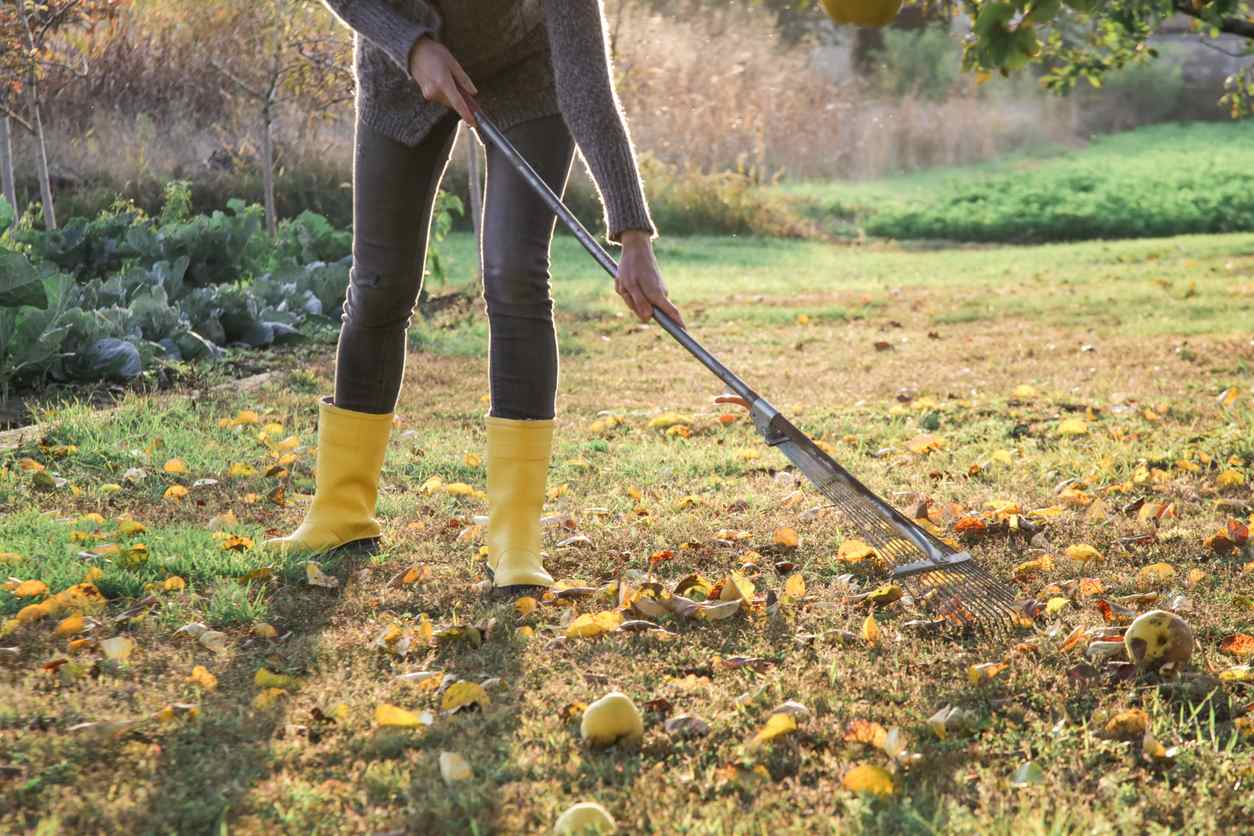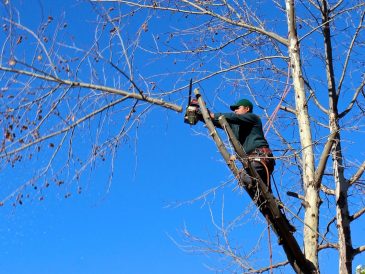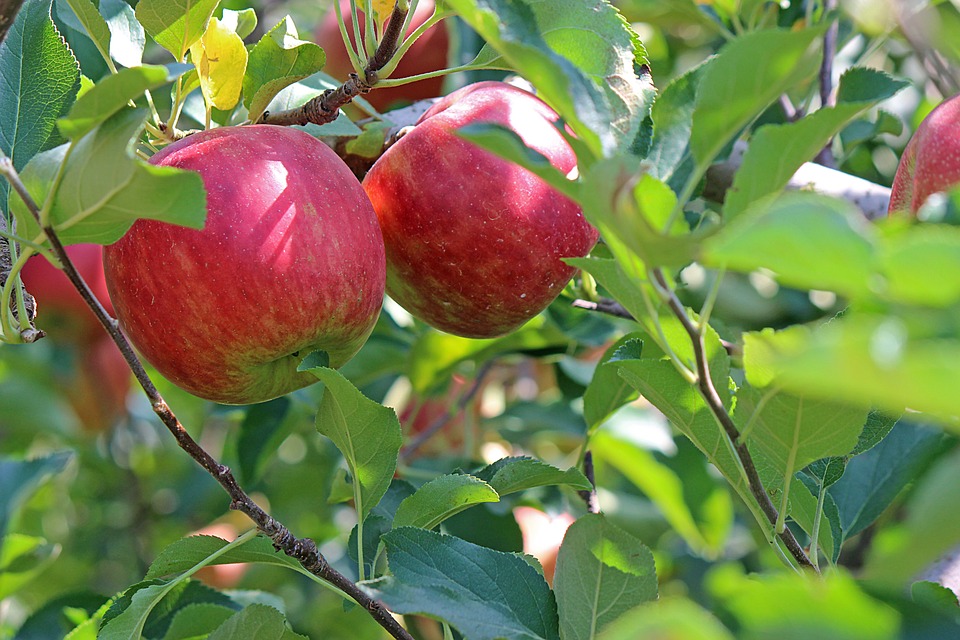How to Prune an Olive Tree
The olive tree is an evergreen tree of slow growth, capable of living for several centuries. Fruiting begins at about 8 years of age and is somewhat inconsistent, so regular pruning is carried out in olive groves to encourage fruiting. The pruning of the olive tree is divided into 3 phases:
– the training pruning, which sets up the carpenters and allows obtaining rather low, well-ventilated trees;
– the fruiting pruning is not essential but recommended to have regular production of fruits;
– the rejuvenation pruning.
Here is how to prune an olive tree.
Focus on the olive tree
The production of an olive tree starts around its eighth year, maximum between 50 and 150 years old, then slowly declines. Some of them bear fruit for up to 300 or 400 years. The flowering, rather discreet but perfumed, takes place from April to June in the armpit of the previous year’s leaves. The buds are visible from autumn. A single olive will be born from a cluster of 20 flowers. The wind pollutes the branching, and good aeration favours the production. The olives born on the branches closest to the trunk have a better size.
The olive tree is one of the fruit trees of the Mediterranean region that best withstands drought (250 mm of rainfall minimum), followed closely by the almond tree. However, at certain periods, such as the very beginning of spring, when floral differentiation takes place, olive trees can be affected by a lack of water. Spring frosts can also cancel the flower buds or the peduncles of the clusters. The olive tree is rather inconsistent: an excellent harvest on one tree can be followed by several bad years without any explanation. It is also sensitive to alternation, so limiting the number of flowers can reduce the phenomenon. The olive tree hates waterlogged soils and wet, cold springs.
Some varieties are self-fertile, but most require another compatible variety to produce olives (female flowers without pistils or with non-functional stigmas, male flowers without pollen or non-viable pollen).
1. Prune an olive tree for formation
The olive tree takes about ten years to establish itself and to develop its framework, emitting both a deep pivot and tracing roots in its underground part. The training pruning carried out at the end of the winter must try to lower the crown to facilitate the future harvest and to limit the number of carpenters to favor the penetration of light without the bark being too exposed to the sun’s rays (risk of burns). It is a question of creating a goblet.
Here are the steps to be carried out since the plantation of a scion (1 year old stem resulting from a generally unbranched graft) during the autumn-winter of the year n.
Tip: if the winters are cold, plant between March and June.
Good to know: high stems with a trunk up to 2.50 m high are possible and interesting if you want to be able to walk under the crown, but rarely practiced in arboriculture.
The second winter (year n+1)
– During the second winter following the planting of a scion, remove some secondary axes that are not useful for the development of the framework to reduce the interventions of the following winter (less stress for the tree).
The third winter (n+2)
– Select 3-4 staggered and evenly distributed scaffolds around the trunk, starting at 90-100 cm from the ground, and remove almost all other starts on the trunk. However, keep a few medium-sized branches to replace a failing carpenter if necessary.
– Clear the base of the trunk to promote good ventilation under the crown, which is less favourable to installing fungi such as peacock’s eye (collar fungus).
– Limit the length of the carpenters by cutting at 40-50 cm from the trunk.
The fourth winter (n+3)
– Select at least 2 sub-stems per carpenter. Eliminate as a priority the twigs that grow:
◦ toward the center of the tree;
◦ toward the ground;
◦ vertically on top of the carpenters;
◦ crossing each other.
– Fold down no more than one-third of the extension of the carpenters each year.
– Fold down the leader when all the carpenters are in place so light enters the tree’s center.
2. Prune an olive tree for fruiting

Pruning is done annually, often between early March and mid-May, before flowering and after heavy frosts. Pruning too early improves vegetation recovery and makes the tree sensitive to late frosts.
The flowers appear in clusters:
– on the wood produced during the previous year (1-year-old wood), which generally measures between 20 and 40 cm long;
– on the 2-year-old wood through the 2-3 small branches born on the arch of the branch having fructified.
Prune as follows:
– Cut the twigs that have remnants of fruiting (peduncles of harvested olives) just after 2 small branches are born on the upper side of the arch. In this way, cascade pruning is obtained.
– If the fruiting branches are too vertical, cut them off entirely.
– Remove dead wood and snags.
– Remove the shoots that grow at the base.
– Remove the center of the tree.
– Let the carpenters grow, except if they grow high (limit the tree’s height to 4-5 m).
– It is imperative to leave the terminal buds of the carpenters and subcarpenters. Otherwise, you will reduce the elongation of the internodes and encourage vigorous anarchic regrowth.
Tip: you can intervene every 2-3 years by cutting back the branches located under an arch, the branches that cross and the damaged branches.
Good to know: olive trees planted for ornamental purposes follow a classic maintenance pruning for ornamental trees, favouring vigorous branches and aerating the crown’s interior by gentle pruning.
3. Rejuvenate an old olive tree
When the carpenters are too long, it is time to replace them gradually by letting suckers develop from the trunk or from the base of the carpenters. This brings the production zone closer to the trunk. It is always best to gradually replace the carpenters by pruning the tree regularly! A copious supply of fertilizers must accompany this severe pruning to encourage regrowth.
– Start from the center of the tree outward and from the bottom up. This way, you remove the most sagging branches and those that block the inside of the cup with a chainsaw or saw.
– Locate the 4-5 suckers to be kept starting from a height between 1 m and 2.50 m from the ground to form the new carpenters. If possible, avoid cutting off their terminal buds.
– It is also possible to cut back carpenters quite strongly by leaving a sap-puller of one-third of the diameter of the cut branch. You will then select the regrowth during the following 2 years and slightly cut back those kept to encourage sub-stem emission. This technique allows obtaining faster fruiting than from a stump or a gourmand.
Good to know: the total recutting of the olive tree is only practiced in case of total freezing of the tree, as in the winters of 1956 and 1985, of fire or when the orchard has not been maintained for years, and the trunks are rotten on more than a third of their diameter. We then select 5-6 shoots among the most vigorous and best-oriented to form a clump.
Equipment needed to prune an olive tree
Branch cutter
Pruning saw
Pruning shears
Chainsaw





